AI surprises us again! The first stars were not alone in the universe
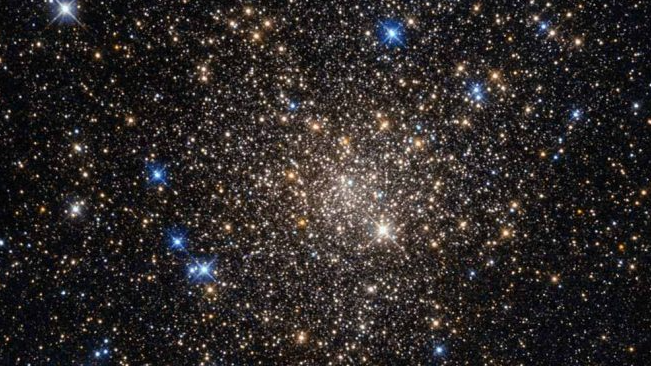
Welcome to the fascinating world of astrophysics! Are you ready for the latest discovery? A team of researchers has used the power of machine learning and next-generation supernova nucleosynthesis to unravel a mystery of the universe.
Most of the second-generation stars observed in the universe were enriched by multiple supernovae, suggesting that the first stars were not born alone. According to the recently published study, the elements heavier than carbon in the universe are produced in stars. The first stars did not contain these elements, making them “metal poor.” The next generation of stars contained only a small amount of heavy elements, so studying these stars is key to understanding the universe in its infancy.
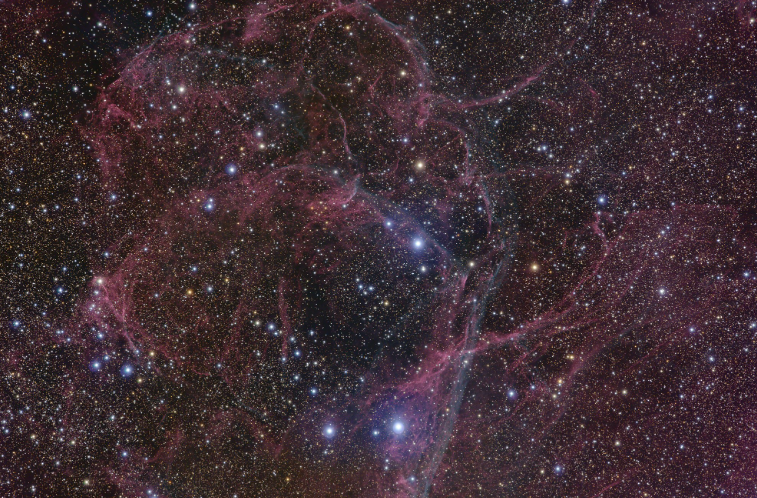
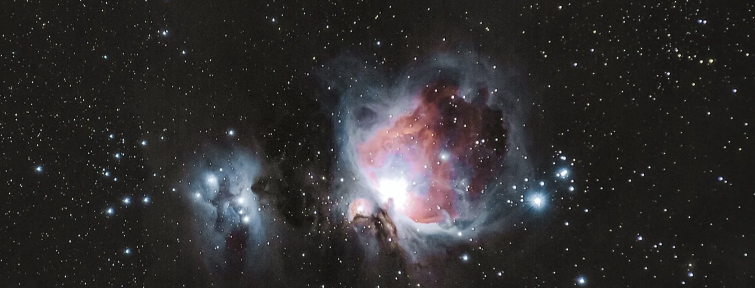
The researchers, led by IPMU Visiting Associate Scientist Kavli and University of Tokyo Institute for Intelligence Physics Assistant Professor Tilman Hartwig, used artificial intelligence to analyze more than 450 extremely metal-poor stars observed to date. Based on the supervised machine learning algorithm, they found that 68 percent of observed extremely metal-poor stars have a chemical signature consistent with enrichment by multiple previous supernovae.
According to physicists, the new result suggests that most of the first stars formed in small clusters, which means that several of their supernovae may contribute to the enrichment of metals in the early interstellar medium. “Our new algorithm provides an excellent tool for interpreting the big data we will have in the next decade from ongoing and future astronomical surveys around the world,” said Kobayashi, also a Leverhulme researcher.
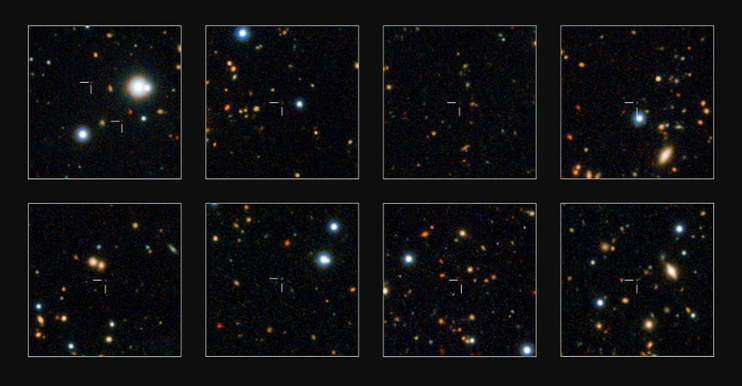
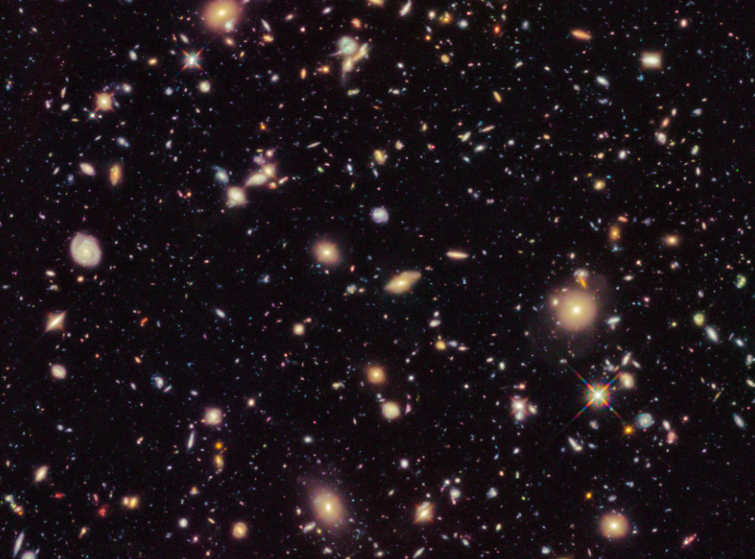
In addition, the study also suggests that the first stars were not born alone, but formed as part of a star cluster or binary or multiple star system. As Kobayashi jokes, this means we can expect gravitational waves from early binary stars shortly after the Big Bang, which could be detected on future missions in space or on the Moon.
The study provides a new tool for interpreting astronomical big data, as well as deeper insight into the stars that made up our universe. How fascinating is the cosmos and all that it has to discover!
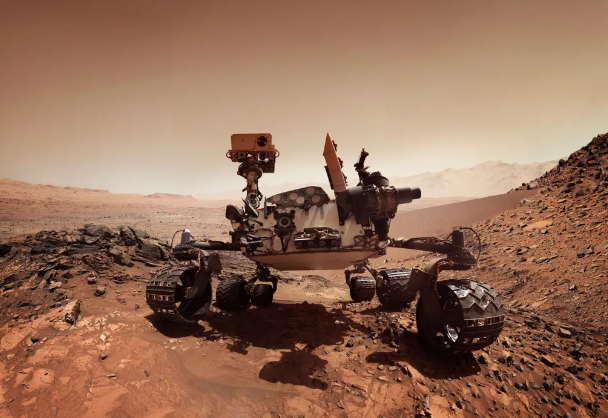
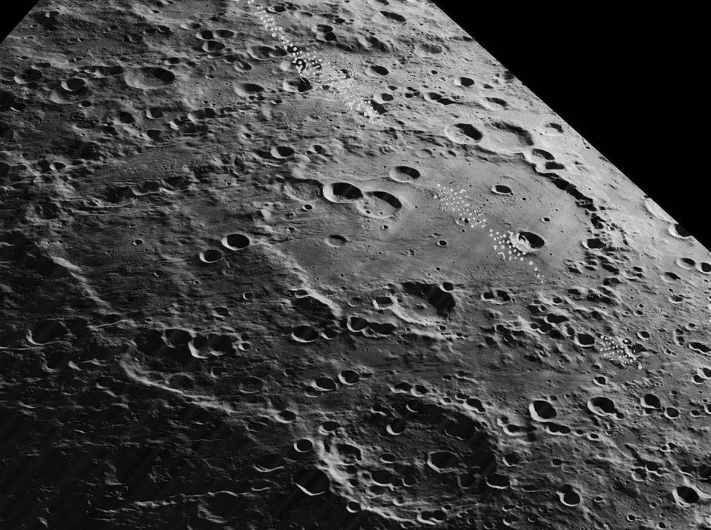
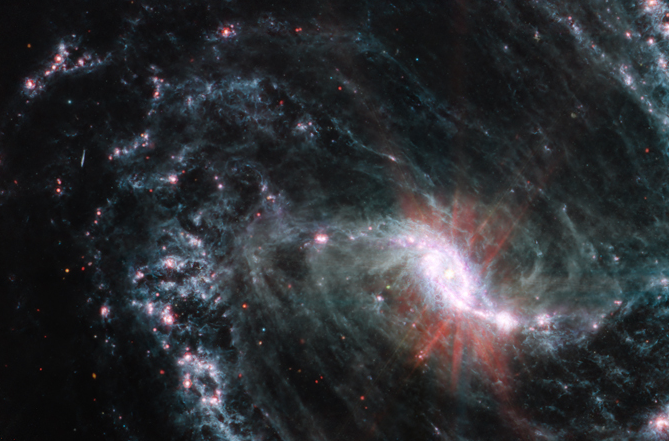
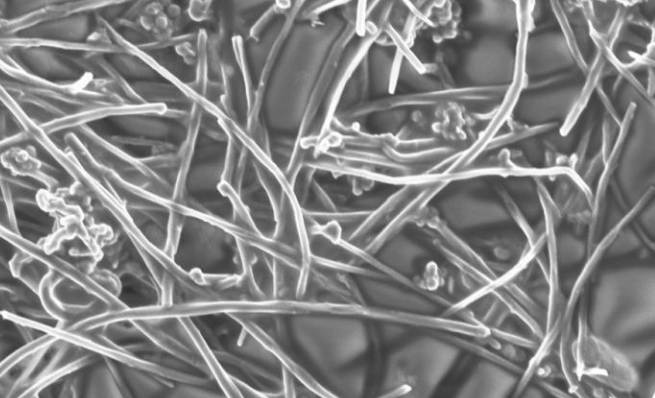
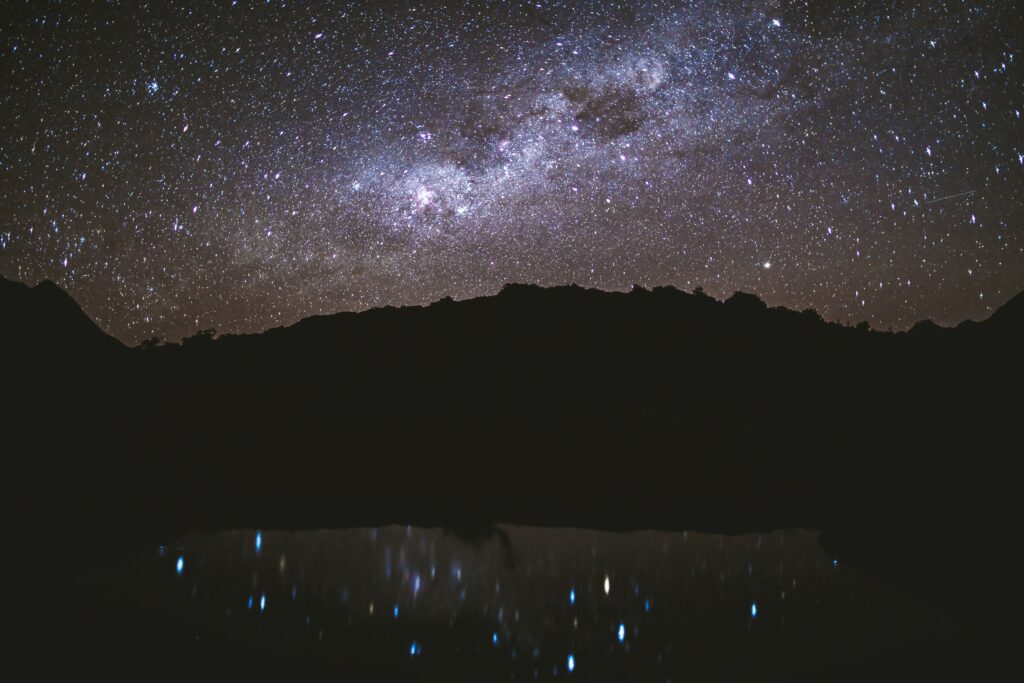
Responses